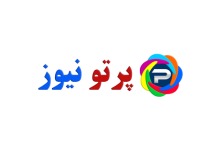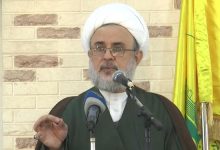The riddle of Iran’s participation in the revitalization of the Al-Frouqals refinery in Syria

According to Fars News Agency’s economic correspondent, in line with the policy of transparency and prevention of corruption bottlenecks, the government for the first time through the Privatization Organization published the financial statements of some state-owned companies.
One of the state-owned companies, National Company for Refining and Distribution of Petroleum Products Is.
* Details about the design of Al-Frouqals refinery in Syria
One of the interesting points in the financial statement of the National Refining and Distribution Company is related to the Al-Frouqals refinery in Syria. According to the financial statements, in the remaining part of the individuals, the amount of 7 billion and 28 million Tomans has been invested by Iran for participation in the Al-Frouqals project in Syria (Table 1).
Table 1
The story goes that in 2006, an agreement was signed between Iran, Venezuela, Malaysia and Syria for the joint construction of the Al-Frouqels refinery. The refinery was located in the eastern province of Homs in Syria.
Construction of the refinery was halted in 2012 due to terrorist attacks and lack of security in the area. The projected capacity of the refinery is 140,000 barrels, which was defined in two phases of 70,000 barrels. The refinery was also supplied with oil by Iran and Venezuela.
* Studies were conducted on the construction of a 140,000-barrel refinery in Syria
Recently, Jalil Salari, CEO of the National Refining and Distribution Company, said in an interview that the construction of a 140,000-barrel refinery in Syria has been completed and that it will enter a new phase with joint ventures once other conditions are prepared.
Although the CEO of the National Refining and Distribution Company did not name the project, the similarity of the refinery’s characteristics to the Al-Frouqels refinery design indicates that the National Refining and Distribution Company is likely to revive the project that was on the agenda in the ninth and tenth governments. .
* The importance of Al-Frouqels refinery in supplying fuel to the resistance axis
Samad Mohammadi, an expert on Middle East issues, says about the construction of this refinery: “Until 2010, the construction project of Al-Furquls refinery was underway and this project was supposed to be completed in 2015, but the crisis in Syria started.” On the other hand, Al-Frouqals region was one of the areas that became the scene of intense conflict in this crisis. As a result, in 2012, the construction project of Al-Frouqels refinery was completely stopped.
He said the revitalization of the refinery, in addition to resolving the current fuel crisis in Syria, could also help fuel other Axis countries, such as Lebanon. Recently, Lebanon also faced a serious fuel crisis. The crisis was sparked by the American conspiracy in Lebanon, which turned in Hezbollah’s favor by exporting fuel from Iran. As a result, you can see how important it is to fuel the resistance.
* Iran’s $ 3 billion revenue from fuel exports to countries in the region
According to customs statistics, the increase in exports of Iranian petroleum products to countries in the region has brought revenue of $ 3 billion in 1999 alone.
More details are not yet known about how Iran and other partners will participate in the 140,000-barrel refinery project in Syria (Al-Furquls), but the construction of the refinery will not only bring in a lot of economic revenue, but also a political and security one. Iran’s position will be strengthened.
Since the efficiency of the 13th government, 13 refining and petro-refining projects have been put on the agenda to get rid of crude sales, supply the required fuel, and export and exchange.
End of message /
You can edit this post
Suggest this for the front page

